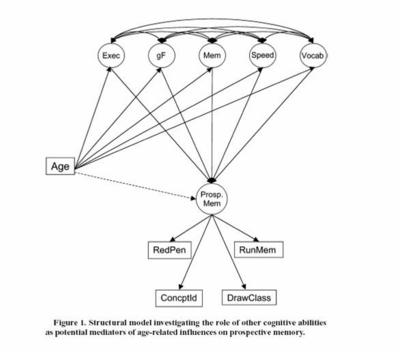- Bergeron, R. & Floyd, R. (2005). Broad Cognitive Abilities of Children with Mental Retardation: An Analysis of Group and Individual Profiles. Manuscript submitted for publication.
- Floyd, R. & Alfonso, R. (2005). Cattell–Horn–Carroll Cognitive Ability Profiles of Poor Comprehenders. Manuscript submitted for publication
Broad Cognitive Abilities of Children with Mental Retardation: An Analysis of Group and Individual Profiles
This study investigated the group and individual broad ability profiles of children with mental retardation (MR) and a matched sample of children with average achievement using the 7 Cattell–Horn–Carroll (CHC) factor clusters from the Woodcock–Johnson III Tests of Cognitive Abilities (Woodcock, McGrew, Mather, 2001). Results indicated that, as a group, the ranked performance of the children with MR on the CHC factor clusters was largely consistent with the clusters’ g loadings. When compared to the average-achieving matches, the children with MR scored lower on all CHC factor clusters, but the groups displayed different patterns of performance. Despite normative deficiencies in IQs, individual children with MR demonstrated a wide range of performance across measures. Implications for assessment and diagnosis are discussed.
Cattell–Horn–Carroll Cognitive Ability Profiles of Poor Comprehenders
This study examines cognitive ability profiles of children with specific age-based normative weaknesses in reading comprehension and compares those profiles to the profiles of (a) children with at least average achievement in reading comprehension, reading decoding skills, and mathematics and (b) children with low achievement across all three achievement areas. When compared across nine cognitive ability composite scores derived from Cattell–Horn–Carroll theory and measured by the Woodcock–Johnson III (Woodcock, McGrew, & Mather, 2001), groups differed in overall level of performance. When individual abilities were considered, the poor comprehenders scored significantly lower than the average achievement group on all nine abilities and significantly lower than the normative population on all abilities except Processing Speed and Long-Term Retrieval. In contrast, the poor comprehenders also scored significantly higher than the low achievement group on all abilities except for Visual–Spatial Thinking and Phonemic Awareness. Although the poor comprehenders as a group scored lowest on language- and knowledge-based abilities, review of the profiles of individual poor comprehenders revealed no consistent pattern of performance across cognitive abilities.

